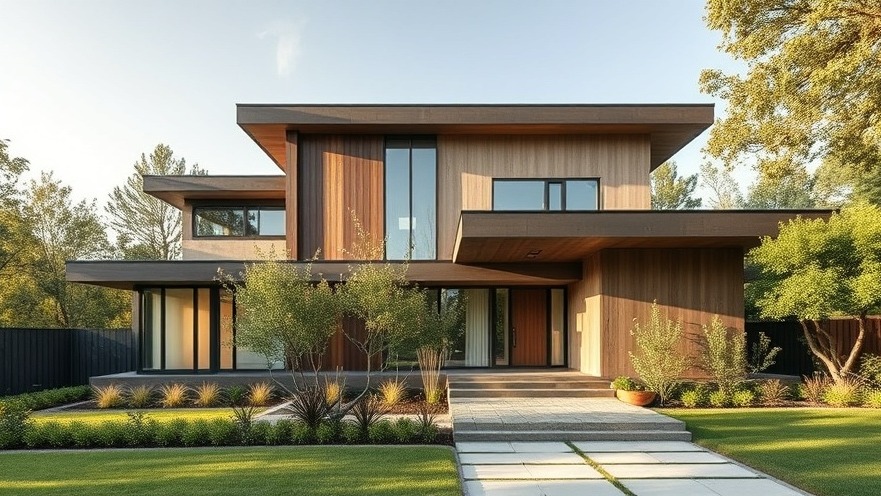
Max Cetto’s House: A Blend of Modernism and Contemporary Design
Nestled in the vibrant heart of Mexico City, the Casa-Estudio Max Cetto stands as a testament to the innovative spirit of mid-20th century architecture. Designed by German-Mexican architect Max Cetto for his family in 1949, this modernist home has recently become a canvas for contemporary design, beautifully demonstrating how past and present can coexist to create inspiring living and working spaces.
Transforming Spaces: The Exhibition
During the recent Mexico City Art Week, a curated exhibition called 'Metamorphosis' was presented at Cetto's home, showcasing a variety of stunning contemporary designs. Local design firm Studio 84 took the lead in this artistic endeavor, collaborating with established names such as CC-Tapis, Eny Lee Parker, and Doshi Levien. This event not only highlights the architectural beauty of the house but also emphasizes how thoughtfully selected artworks and furnishings can enhance a space, making it more functional and aesthetically pleasing for those who work from home.
Innovative Design to Enhance Your Workspace
The integration of contemporary designs into Cetto’s home serves as an excellent case study for digital nomads seeking inspiration for their own workspaces. For instance, Eny Lee Parker’s rugs, with their earthy tones and unique textures, create a sense of comfort that is essential for productivity. Using rugs that are not only visually appealing but also ergonomically beneficial can greatly improve the comfort of your workspace, making it a place of creativity and focus.
The Power of Color and Texture in Workspace Design
Design plays a crucial role in how we experience our environments. The bold graphical patterns of the Raag collection by Doshi Levien, reflecting the structure of Indian classical music, invite a dialogue between sound and visual aesthetics. For remote workers, such designs can stimulate creativity and enhance overall well-being. A workspace adorned with vibrant patterns and textures can significantly uplift one’s mood, making the hours spent working feel more enjoyable.
Outdoor Spaces: Maximizing Natural Inspiration
Max Cetto’s house also features a prominent outdoor area showcasing a remarkable stone sculpture by César Núñez. An outdoor workspace, adorned with nature and artistic pieces, can drastically shift your working experience. Ensuring that your workspace includes access to natural elements and fresh air can lead to improved focus and mental clarity. Aim to create a workspace that flows seamlessly from indoor to outdoor environments, offering various atmospheres to boost your productivity.
Creating an Ergonomic Home Office
As an ergonomics specialist, I cannot emphasize enough the importance of a well-designed workspace in terms of health and productivity. While the exhibition at Max Cetto’s home showcases eye-catching pieces, it’s pivotal for any remote worker to invest in ergonomic furniture and tools. Adjusting desks and chairs to promote a healthy posture can prevent discomfort and fatigue. Ensure that your workspace includes items that cater to your physical well-being, from supportive seating to proper lighting that reduces eye strain.
Conclusion: Practical Tips for Digital Nomads
The transformation of Casa-Estudio Max Cetto showcases a harmonious balance between modernist architecture and contemporary design, serving as an inspirational backdrop for today's remote workers. Taking cues from this exhibition, embrace vibrant colors, textures, and ergonomic practices at home to create an inviting and productive workspace. Remember, your environment plays a crucial role in shaping your work experience, so prioritize comfort and aesthetic that resonates with you.
 Add Row
Add Row  Add
Add 




Write A Comment